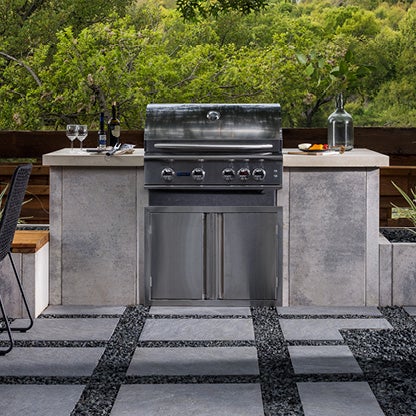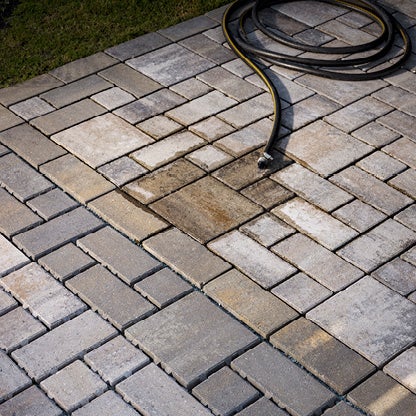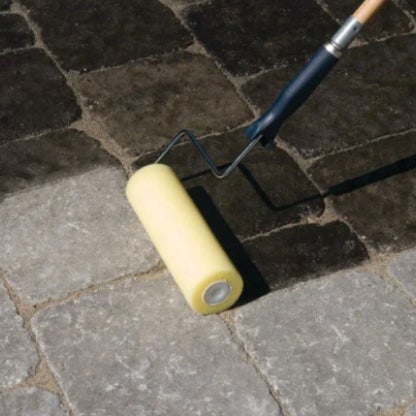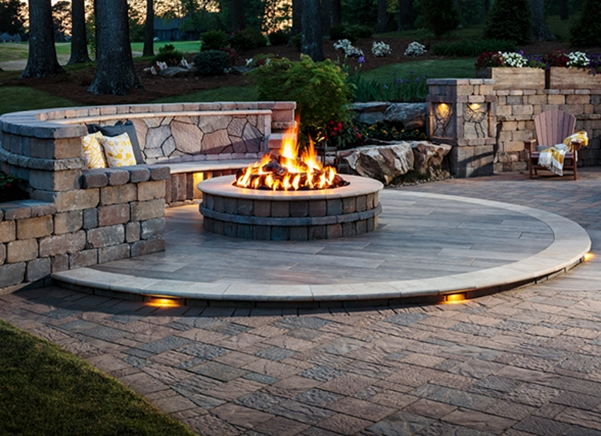Storm season is upon us. This puts our neighbors living on the Gulf Coast and the East Coast on alert for potential rough weather. Being prepared for what Mother Nature may dish out is wise, especially for anyone in a hurricane-prone area. Between the months of August and October is when these storms are most prevalent. Keep reading to learn more about storm season and what steps you can take to protect your investment with storm prep for outdoor spaces.
Hurricane Season is Here

Officially, Hurricane Season in the Atlantic basin runs from June 1 through November 30. The peak time for storms occurs around September 10. The primary factor leading to hurricanes is the natural rising of sea surface temperatures. The warmer the temps, the more moisture or fuel for the storm. Hurricanes form when warm moist air over water begins to rise, and the rising air is replaced by cooler air. As this process continues, it grows large clouds and thunderstorms. These begin to rotate counterclockwise around the center (or the eye).
Water temperature and the length of time the storm remains out over open water determines storm strength. According to the National Oceanic and Atmospheric Association, weather conditions such as La Niña in the Pacific, weaker tropical Atlantic trade winds, active West African monsoons and above-normal Atlantic sea-surface temperatures set the stage for more active hurricane seasons as we’ve seen in recent years.
Basic Storm Prep for Your Outdoor Living Space

Belgard knows your home and outdoor living space is a significant investment. Be sure to spend time on storm prep for outdoor spaces, prior to a storm. This can go a long way towards minimizing risk to your home and protecting your entire outdoor area. From your hardscapes and appliances to your accessories and landscaping, here are some tips to start on your storm prep.
Thinking Ahead: Actions to Take Prior to Storm Season
- Trim trees and clear any dead limbs and branches near your home and outdoor living space. Being proactive can prevent parts of the tree from falling during the storm and damaging your structure.
- Cushions on outdoor furniture easily blow away. Consider purchasing containers to store them in the event of a hurricane. Even if you choose to forego containers, be sure to bring your cushions inside during a storm.
- If you don’t have polymeric sand in your paver joints, consider a polymer binding sealer from Techniseal®. This fantastic product, which enhances the durability of paver joints, will help keep powerful rains from washing the sand out of your joints.
- To help rainwater recharge into the ground and reduce stormwater runoff, use permeable pavers like Eco™ Cobble® Permeable Pavers for patios, driveways and walkways. These pavers help manage water flow, which makes them ideal for areas prone to heavy rainfall.
- Be sure to clear gutters and downspouts of leaves and debris. Provide a better path for water to drain away from your roof and house.
- Small trees and plants may lack strong enough root systems to anchor them during a driving storm. Secure these plants by tying them to stakes. This can help prevent them from tipping over in high winds. Anchor these using two- to three-foot stakes angled away from the plant and then pound them about 20 inches into the ground. Secure the plants to the stakes with twine. In addition, plant covers are also an option. Not only do they protect plants from the battering winds and rain, but you can use them later in the winter season to prevent plants from freezing.
Storm Alert: Preparation When You’re in the Storm’s Path
The most important step you can take outdoors when you are in the path of a storm is to secure items in and around your yard. Outdoor deck items cannot only sustain damage during a storm, but even worse, could become dangerous projectiles that can break windows, damage your home or injure a family member.
- Consider anything that may blow away in strong winds and be sure to secure it or pick it up. These items include: tables, trampolines, bikes, toys, decorative lawn art, grills, propane tanks, trash cans, etc. Make room in your shed or garage for these items, or even consider bringing some of them inside the house.
- Close and tie any outdoor shade umbrellas. If you can move them into your shed or garage, do so.
- If you have a pool, you may be tempted to cover it. This could actually cause an accumulation of an inordinate amount of water on the covering, which can make it sink or become very hard to move after the storm. If your pool is properly equipped with adequate drains and skimmers and the surrounding area is properly drained, the water level can be left as it is. In cases when surrounding structures might be damaged by the water before it can run off naturally, experts recommend lowering the pool’s water level by one to two feet. If you are unable to lower the water using the pool drain, you can easily use a drain pump.
- Some pool owners use the “trick” of tossing patio furniture into the pool to anchor it down when strong winds strike. Unless you absolutely do not have room to store your furniture inside your home, garage, or shed, pool service experts recommend against this practice since your furniture can easily rust or damage the bottom of your pool.

Luckily, with today’s technology and advanced weather warning systems, we are able to pinpoint storm activity and take preemptive action to protect our homes and valuables. So, this season, be vigilant, stay safe, take precautions and protect your investment with storm prep for outdoor spaces.
. . .
Do you live in a coastal region? What has your experience been with preparing for storms? Please share your experience and any suggestions that you may have with us. Tag us at @belgardoutdoorliving on Instagram.




